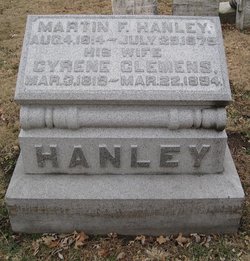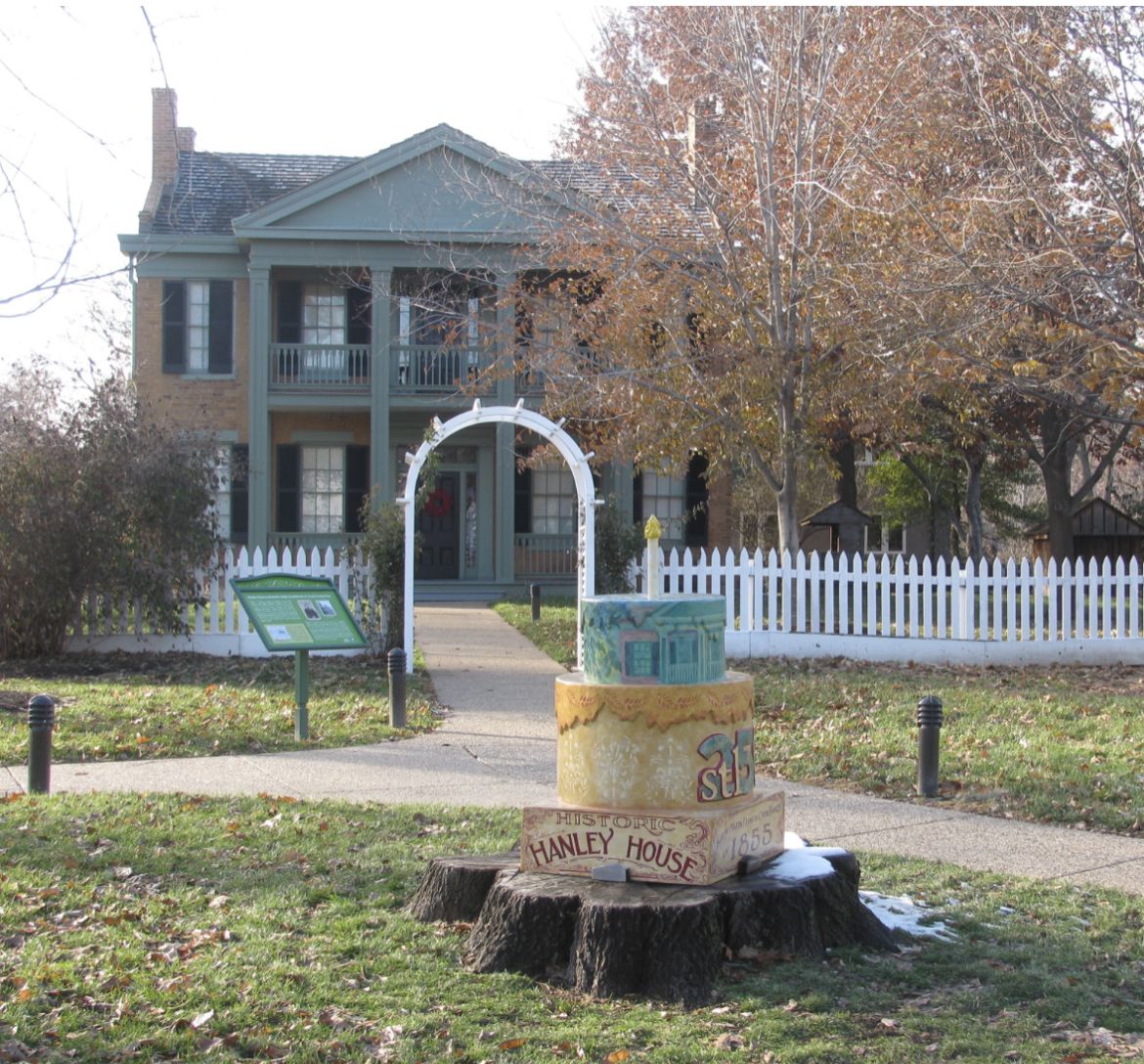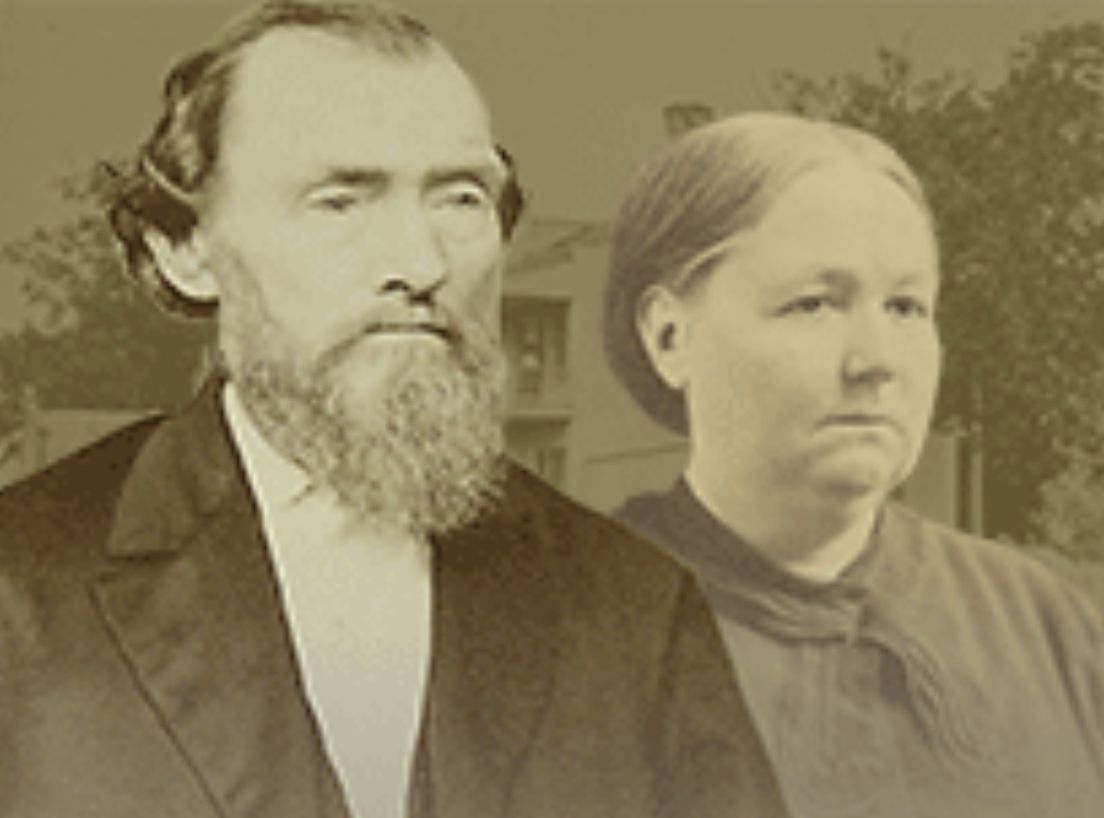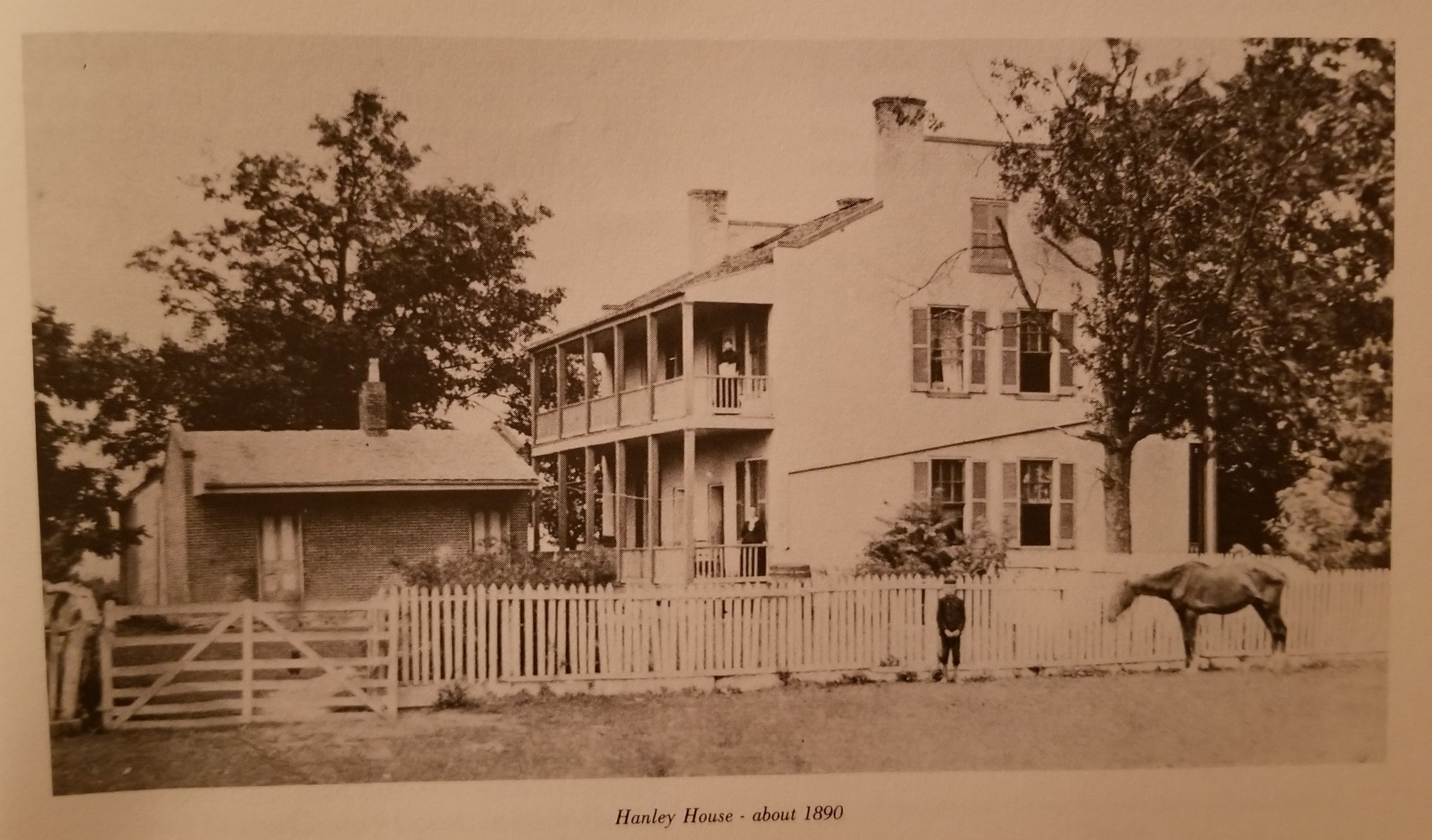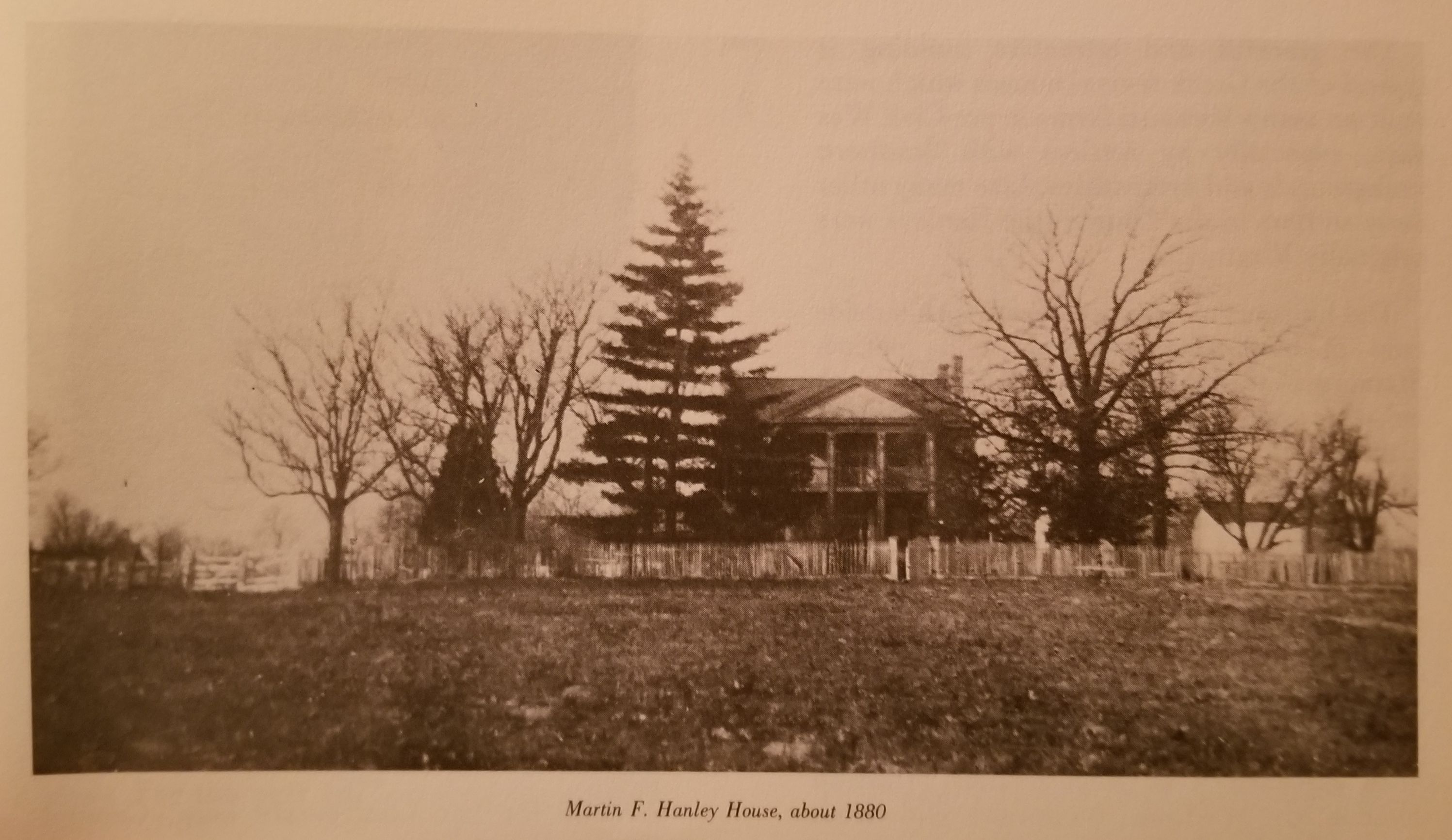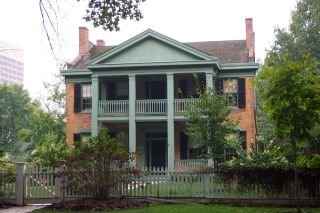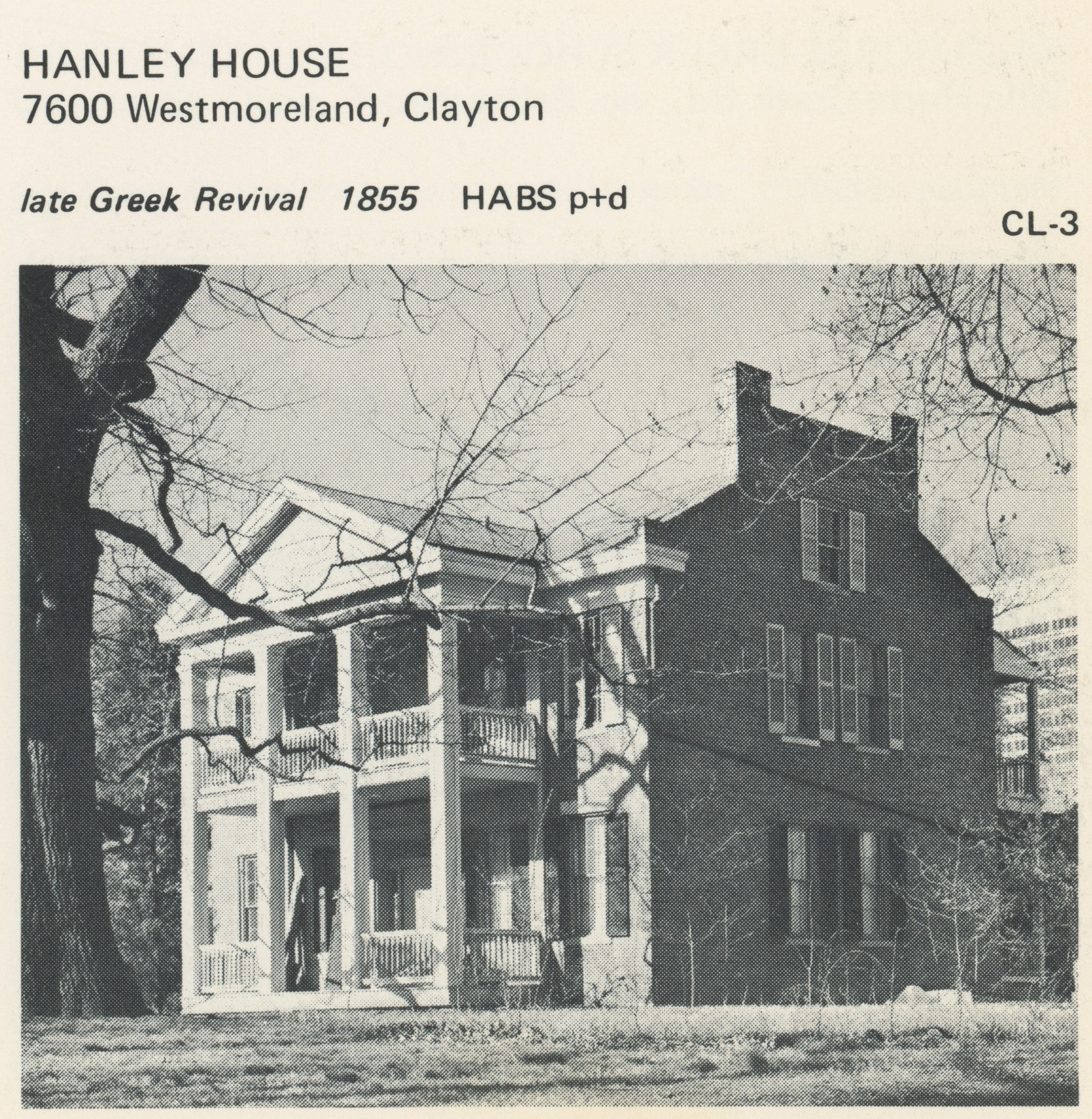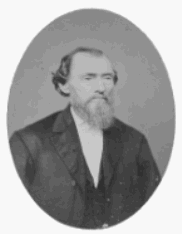Martin Franklin Hanley built the Historic Hanley House in 1855. The farmstead is the oldest structure in the City of Clayton. The city of Clayton purchased the Hanley House and roughly one acre of land from Barbara Yore in 1968. Barbara was a granddaughter of Martin and Cyrene Hanley. She, along with her sister, Byrd, moved into the home at 7600 Westmoreland Avenue in order to care for their aging Aunt Cal. Nancy Caroline Hanley, known as Aunt Cal, was the oldest surviving Hanley daughter. She never married and remained in the Hanley House until her death in 1938 at the age of 97.
Once in the possession of the city, restoration efforts began in earnest at the Hanley House until the museum opened to the public in 1971. Today the home tells the story of the Hanley Family and their life on a 19th century Missouri farm. Woven into a tour of the home are the many stories passed down to us through family letters and records.
It once stood on just over 100 acres of farmland, as Martin Hanley was a farmer first. In 1876, Hanley and his wife Cyrene joined with their neighbor, Ralph Clayton, to donate 104 acres of land to help establish Clayton as the County Seat (Clayton was chosen as the name, as Ralph Clayton happened to donate more acres and earned the right to name the new community) Hanley wasn't only a farmer but also served as Justice of the Peace, and ran a market, tavern, wood shop and blacksmith. He and Cyrene had 11 children, 10 of whom survived to adulthood, and the family all worked together to make a successful farm.
In 1968 the City of Clayton bought the Hanley House from the family descendants and opened it as a museum after restoring it. It has many of the original furnishings, family letters and artefacts that tell the story of day-to-day life in the 19th century in Missouri. The main house and the summer kitchen (also serving as the slave quarter on the property) survive in their original location. During restoration, the barnyard fence, well house and outhouse were reconstructed on their original foundations.
Martin Franklin Hanley built the Historic Hanley House in 1855. The farmstead is the oldest structure in the City of Clayton. The city of Clayton purchased the Hanley House and roughly one acre of land from Barbara Yore in 1968. Barbara was a granddaughter of Martin and Cyrene Hanley. She, along with her sister, Byrd, moved into the home at 7600 Westmoreland Avenue in order to care for their aging Aunt Cal. Nancy Caroline Hanley, known as Aunt Cal, was the oldest surviving Hanley daughter. She never married and remained in the Hanley House until her death in 1938 at the age of 97.
Once in the possession of the city, restoration efforts began in earnest at the Hanley House until the museum opened to the public in 1971. Today the home tells the story of the Hanley Family and their life on a 19th century Missouri farm. Woven into a tour of the home are the many stories passed down to us through family letters and records.
It once stood on just over 100 acres of farmland, as Martin Hanley was a farmer first. In 1876, Hanley and his wife Cyrene joined with their neighbor, Ralph Clayton, to donate 104 acres of land to help establish Clayton as the County Seat (Clayton was chosen as the name, as Ralph Clayton happened to donate more acres and earned the right to name the new community) Hanley wasn't only a farmer but also served as Justice of the Peace, and ran a market, tavern, wood shop and blacksmith. He and Cyrene had 11 children, 10 of whom survived to adulthood, and the family all worked together to make a successful farm.
In 1968 the City of Clayton bought the Hanley House from the family descendants and opened it as a museum after restoring it. It has many of the original furnishings, family letters and artefacts that tell the story of day-to-day life in the 19th century in Missouri. The main house and the summer kitchen (also serving as the slave quarter on the property) survive in their original location. During restoration, the barnyard fence, well house and outhouse were reconstructed on their original foundations.
Family Members
-
![]()
Mary Isabella Hanley
1839–1840
-
![]()
Nancy Caroline "Aunt Cal" Hanley
1841–1938
-
![]()
Lucinda Eliza Hanley Kelsey
1842–1925
-
![]()
Virginia Ann Hanley Yore
1845–1910
-
![]()
Clemontina Jane Walton Hanley Creveling
1847–1914
-
John Alexander Hanley Sr
1849–1913
-
James F Hanley
1855–1940
-
![]()
Martin Franklin Hanley
1858–1932
-
![]()
Henrietta Hanley Whipple
1859–1942
Advertisement
Explore more
Sponsored by Ancestry
Advertisement
